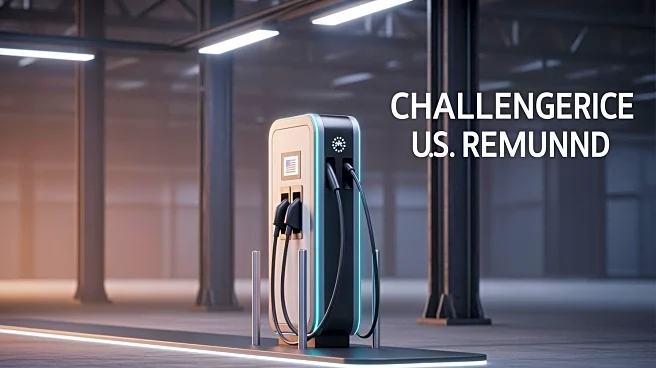What's Happening?
The global self-healing coatings market is expected to grow significantly, reaching USD 13.84 billion by 2030, with a CAGR of 28.4%. This growth is fueled by increasing demand for sustainable materials
that extend product life and reduce environmental impact. The automotive sector currently holds the largest revenue share, utilizing these coatings to protect vehicles from wear and environmental degradation. The building and construction industry is also rapidly adopting self-healing coatings for enhanced structural protection and reduced maintenance costs. Europe leads the market with a 48.50% share, driven by stringent environmental regulations and demand from various industries.
Why It's Important?
Self-healing coatings represent a transformative advancement in material science, offering industries a way to reduce maintenance costs and enhance product longevity. Their adoption in sectors like automotive and construction aligns with global sustainability trends, promoting eco-friendly practices and reducing resource consumption. As industries seek durable solutions, these coatings could significantly impact manufacturing processes, product design, and environmental policies, fostering innovation and competitiveness.
What's Next?
The market is poised for further expansion, particularly in Asia Pacific, where rapid industrialization and infrastructure development are driving demand. Companies are likely to invest in research and development to enhance the capabilities of self-healing coatings, exploring new applications in aerospace, electronics, and defense. As awareness grows, emerging economies may increasingly adopt these materials, potentially reshaping global market dynamics.
Beyond the Headlines
The development of self-healing coatings raises ethical considerations regarding sustainability and resource management. By reducing waste and extending the lifespan of materials, these coatings contribute to environmental conservation efforts. Additionally, advancements in polymer chemistry and nanotechnology could lead to new innovations, influencing future material science research and applications.











